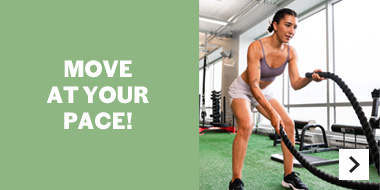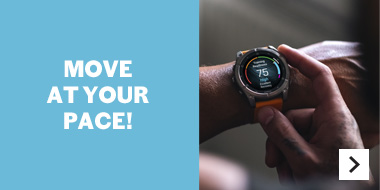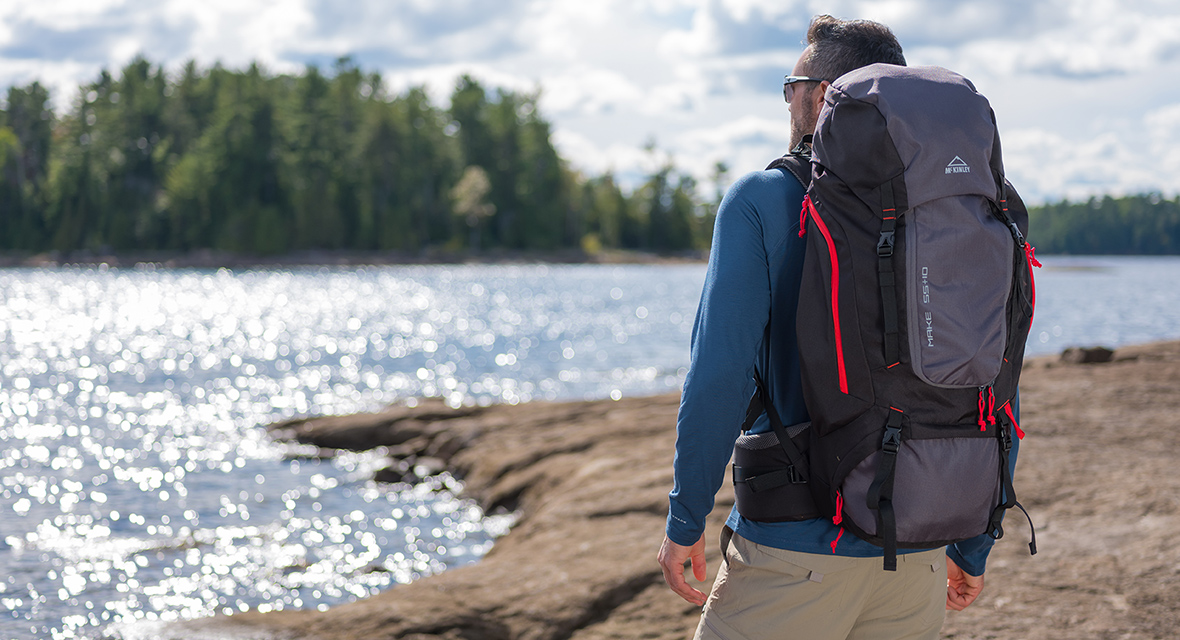Hiking : picking out the perfect backpack
Choosing the right hiking backpack is not something to be taken lightly – your pack is a bit like a home you carry on your back.
A quality bag can last for a long time, which is why it’s important to consider three things while you’re shopping: size, technical features and adjustment.
Backpack size
Day pack (15-35 litres)
If you like hiking for a day or less, a daypack is perfect for you. Light and easy to carry, a daypack is ideal for carrying a windbreaker, water bottles and snacks. For extra stability, choose a model with a belt at the waist. Some models are also padded where the bag meets your back or have an arched frame for added comfort.
Hiking backpack (30-55 litres) or expedition backpack (55+ litres)
If you’re leaving for a multi-day excursion, you’ll need a hiking backpack or an expedition pack that can hold a lot of weight. These types of backpacks come with an integrated frame that evenly distributes the weight across your back, shoulders and hips, which is key if you’re carrying lots of gear.
Travel backpack(50+ litres)
Travel backpacks are similar to hiking and expedition packs, but they’re better suited for urban spaces and can be taken more easily onto planes and trains. They sometimes come with wheels, can be carried over the shoulder, and may have straps that can be tucked in. They make great all-purpose backpacks.
Technical features
The structure
Most packs have an internal structure designed to suit your body and evenly distribute weight . If you don’t normally carry heavy loads, a backpack without structure will lighten the weight on your back. On the other hand, if you’re carrying very heavy gear, you may want a pack with an external structure for better ventilation.
Ventilation
Packs with internal frames have a ton of advantages, but they tend to make the person carrying them sweat. Choose a backpack with a quality ventilation system integrated into its dorsal panel.
Access
Most backpacks are filled from the top, so digging around in search of something can be complicated. Some backpacks offer side, back or bottom access to help you avoid having to empty the entire thing just to get to the bottom.
Pockets
The smallest details sometimes make the biggest difference – and pockets definitely fall into that category. Pockets allow you to keep your small items handy so that you have quick access to things like your cellphone, wallet, granola bars, map, and more. Belt pockets are particularly great, as they’re easy to access.
The extras
Certain backpacks come with a waterproof cover, a sleeping bag compartment, outer straps or hooks, lanyards, or a removable daypack. Some are even compatible with a hydration system. Which of these options do you find appealing? Consider them when buying your backpack.
Adjustment
Backpacks exist for bodies of all sizes. When selecting your backpack, you’ll want to make sure to get one that matches the length of your back and the width of your hips. Size varies by brand, so you’ll need to consult a brand-specific chart to see if you need a small, medium or large format.
The most important factor to consider when shopping for a backpack is comfort. Try it on with some weight inside, tighten the belt so that it’s snug, adjust the straps, and then breathe.
How do you feel? If the answer is not “great,” then try another!












